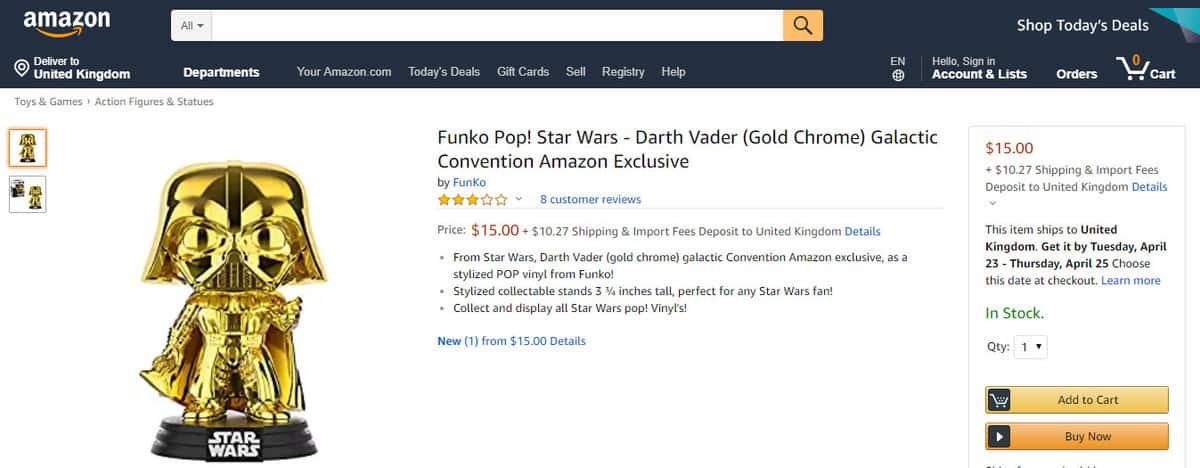The content explains the settings related to comments on a WordPress website. It discusses various options such as article settings, comment settings, email notifications, comment moderation, and avatars. Users can customize settings such as allowing comments, notification options, comment moderation rules, and avatar display preferences. The article also touches on the importance of managing nested comments, pagination, and avatar display ratings. It concludes by suggesting that users can leave settings as default or customize them based on their specific needs. Overall, the content provides a detailed guide to managing discussion settings on a WordPress website.
In the realm of website management, the Settings Discussion is a crucial aspect to consider, especially when it comes to handling comments on your WordPress site. Let’s delve into the nitty-gritty of these settings one by one.
Installation Instructions Discussion
To initiate the process, navigate to Settings > Discussion within your WordPress dashboard.
Default article settings: Settings related to the article
- Attempt to notify any blogs linked to from the article: This feature sends notifications to websites mentioned in your article if they are WordPress-based.
- Allow link notifications from other blogs (pingbacks and trackbacks) on new articles: Enable pingbacks and trackbacks notifications from other websites.
- Allow people to post comments on new articles: Open the floor for everyone to share their thoughts through comments.
Other comment settings: Comment-related settings
- Comment author must fill out name and email: Requesting the sender’s name and email for verification purposes.
- Users must be registered and logged in to comment: Requiring users to either log in or register before commenting.
- Automatically close comments on articles older than… days: A feature that automatically closes comments on articles after a specified number of days.
- Enable threaded (nested) comments… levels deep: Allowing comments to be nested to a certain level to streamline the conversation flow.
Email me whenever: Settings related to email notifications
- Anyone posts a comment: Receive an email notification whenever a new comment is posted.
- A comment is held for moderation: Get notified when a comment is awaiting approval.
Before a comment appears: Comment moderation settings
- Comments must be manually approved: All comments will go through a manual approval process.
- Comment author must have a previously approved comment: Authors with a previously approved comment can bypass moderation.
Comment Moderation
Certain words, names, emails, IPs, or URLs in comments will require admin approval before being displayed.
Comment Blacklist
Comments containing specific words from the blacklist will be marked as spam.
Avatars: Settings related to Avatars
- Avatar Display: Choose to display avatars.
- Maximum Rating: Set the maximum rating for avatars based on Gravatar’s rating system.
- G — Suitable for all audiences
- PG — Possibly offensive, usually for audiences 13 and above
- R — Intended for adult audiences above 17
- X — Even more mature than above
- Default Avatar: Select a default avatar for users without a personalized one.
Epilogue
The Discussion settings section offers a myriad of options. You can leave them at their defaults and adjust as needed based on your specific requirements. Feel free to explore and tailor these settings to your liking.
For more WordPress setup instructions, check out:



